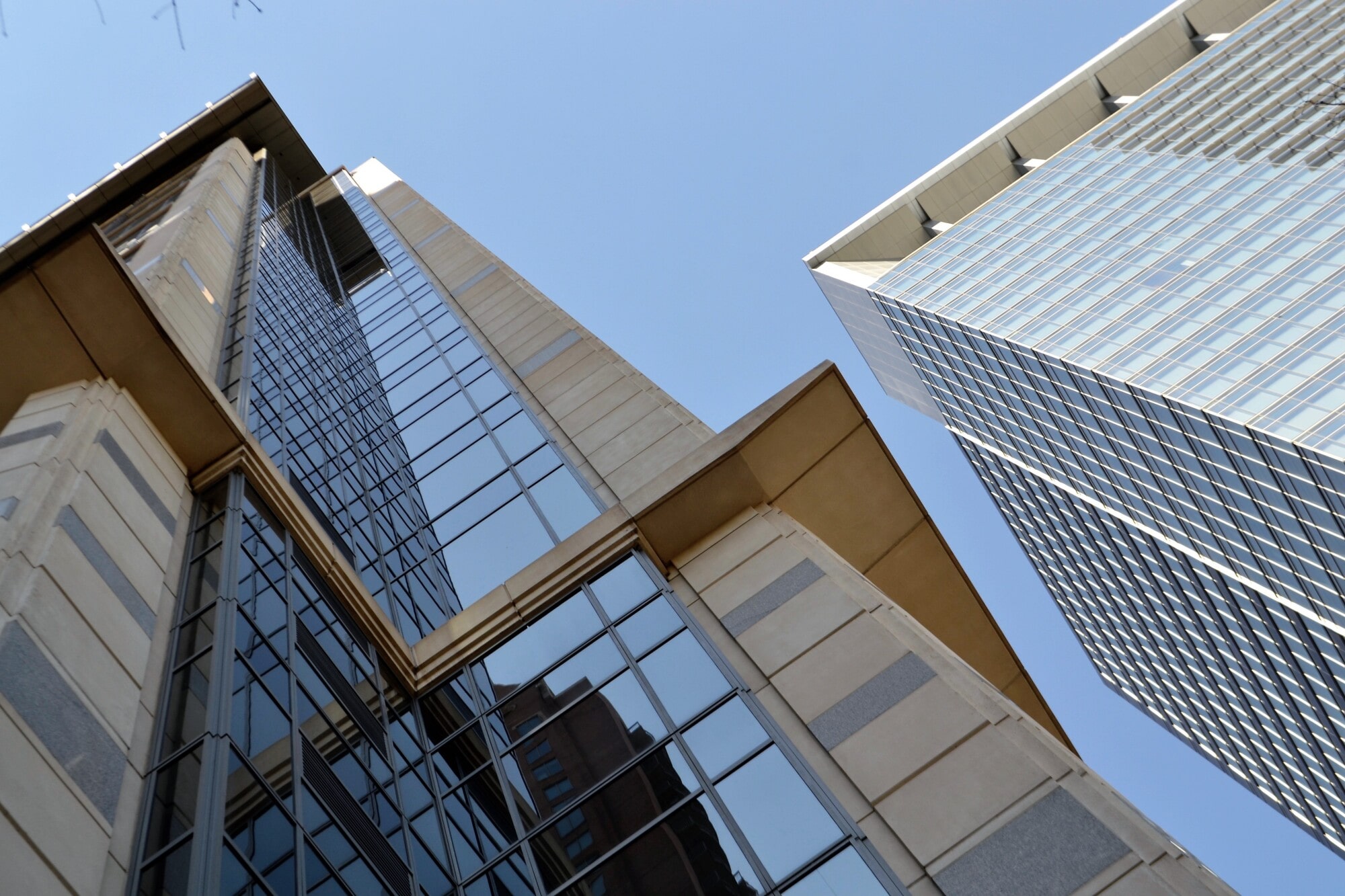According to the 2020 census, 36% of occupied units in the United States are rentals.
With such a large amount of rentals, it's no wonder that people are so interested in investing in real estate. But getting into it can feel like getting thrown into the deep end of a pool.
There's so much jargon, and so few people stop to explain the terms they're using.
Deep breaths. This post is here to give you the definitions for some of the most important investing terms that you need to know.
Real Estate Investing Terms
Whether you've never done any research, you're purchasing your first investment property, or you're a seasoned investor, the jargon used around real estate investing can get confusing.
The following terms are some of the most important real estate investing terms for you to know.
Cap Rate
The cap rate, short for capitalization rate, is a formula used to show the value of a real estate investment. It is used to evaluate an investment before you purchase.
The formula for cap rate is the (projected) net operating income (NOI) for the year divided by the current market rate of the property.
While the cap rate is a useful formula for evaluating investments, it shouldn't be the only one used. Since the cap rate includes the projected NOI, it's subject to change.
Net Operating Income
The net operating income, or NOI, is used to determine the profitability of a property after all operating expenses have been deducted.
To find the NOI, you add up all of the income produced by the property. This includes rental income as well as money from laundry facilities, vending machines, and parking. You then subtract from that number the total amount of operating expenses for the year.
Operating expenses include things like janitorial costs, property taxes, utilities, insurance, and the cost of property managers or a property management company. This amount does not include capital expenditures for major improvements or fixes to the property.
Cash Flow
Cash flow is how much money is coming in and out of the property. This comes mainly in the form of rental income and monthly expenses. The monthly expenses may include taxes, mortgage payments, HOA fees, or rental property management fees.
Typically investors are looking for a positive cash flow on their properties. However, some investors value the potential for appreciation more than cash flow and will invest in a negative cash flow property.
Cash-On-Cash Return
Sometimes referred to as the cash yield, the cash-on-cash return is a way of comparing the property's annual pre-tax income to the amount of cash initially invested.
By comparing the income to only the cash that you invested, and ignoring any leverage used, you're given a more specific view of the return you're getting.
For a property bought outright in cash, this number will be the same as the cap rate.
Carrying Costs
Carrying costs are the costs incurred while you own a property. These are things such as loan payments, insurance, property taxes, and utilities to name a few. Payment is always required for these, whether you have a tenant or not. So it's important to always factor them into your property analysis.
Vacancy Rate
The vacancy rate is used to compare the amount of time a rental was occupied to the amount of time it was vacant in a given year. This is another important part of your investment property due diligence.
Get Started Investing in Real Estate Today
Hopefully, you feel more comfortable and confident understanding these real estate investing terms now.
If you're new to investing and are still looking for advice, check out these three important lessons that we learned so you don't have to.











